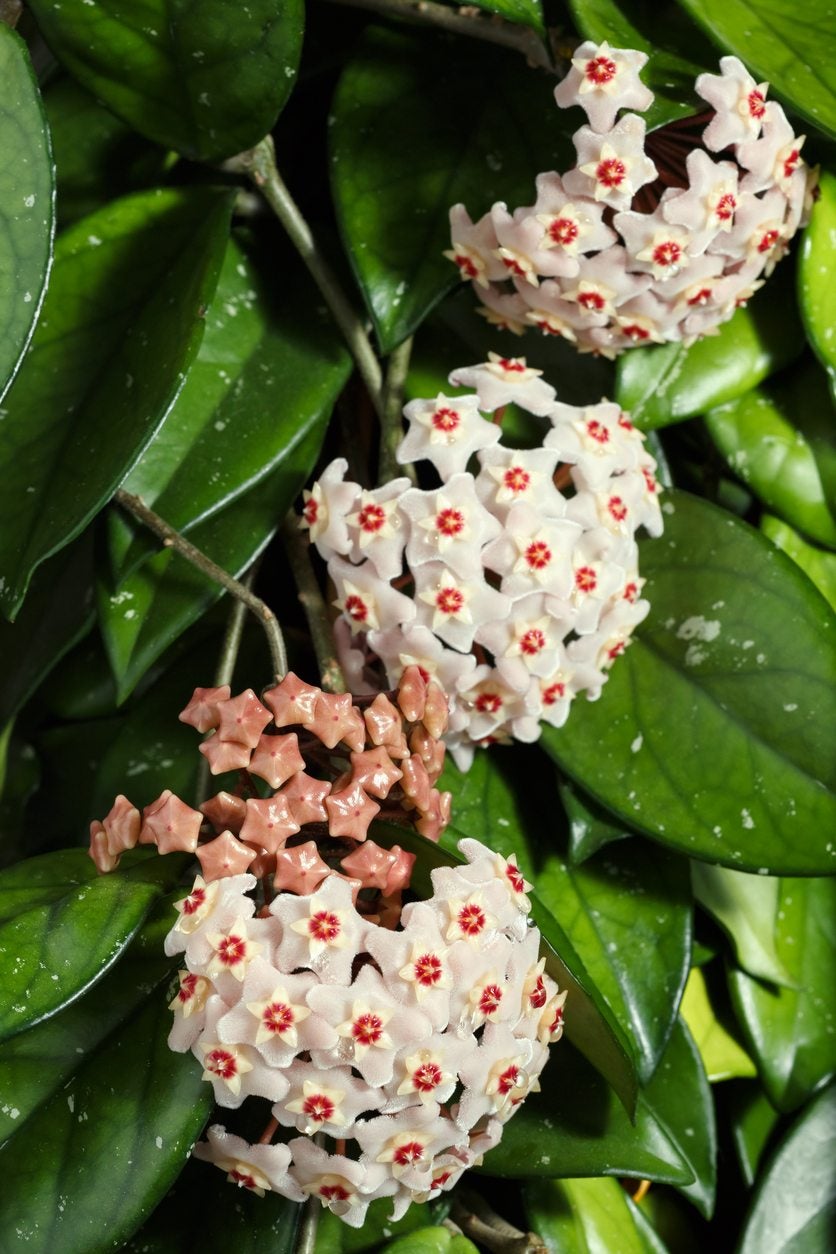Hoya plants, often referred to as wax plants or porcelain flowers, are a popular choice for indoor gardening enthusiasts. Their unique beauty, low-maintenance nature, and fascinating flowering habits make them a delightful addition to any home.
The Price of Hoya Plants
The price of a Hoya plant can vary depending on several factors, including:
Species and Variety: Rarer and more exotic Hoya species, such as Hoya carnosa ‘Krimson Queen’ or Hoya lacunosa ‘Snowflake,’ tend to be more expensive than common varieties like Hoya carnosa.
While Hoya plants are relatively affordable, it’s important to consider the long-term value they offer. A well-cared-for Hoya plant can thrive for many years, providing beauty and air-purifying benefits.
The Benefits of Owning a Hoya Plant
Hoya plants offer several benefits, both aesthetic and practical:
:max_bytes(150000):strip_icc()/hoya-plants-1315763-hero-fe8b10a522eb4d7e9ada8abbc303fbc5.jpg)
Air Purification: Like many houseplants, Hoya plants help improve indoor air quality by removing toxins such as formaldehyde and benzene.
The Beauty of Hoya Plants
Hoya plants are renowned for their unique and captivating beauty. Their thick, waxy leaves come in a variety of shapes, sizes, and colors, ranging from deep green to variegated patterns of white, cream, or pink.
One of the most striking features of Hoya plants is their flowers. The blooms are often star-shaped or spherical, with a waxy texture and a sweet, fragrant scent. They can vary in color, including white, pink, red, and yellow.
Caring for Your Hoya Plant
To keep your Hoya plant healthy and thriving, follow these simple care tips:
Light: Hoya plants prefer bright, indirect light. Avoid exposing them to direct sunlight, as this can scorch their leaves.
Planting Your Hoya Plant

When planting your Hoya plant, choose a well-draining potting mix specifically designed for succulents or cacti. You can also create your own potting mix by combining equal parts potting soil, perlite, and coarse sand.
Here’s a step-by-step guide to planting your Hoya plant:
1. Choose a Pot: Select a pot that is slightly larger than the root ball of your Hoya plant. Ensure the pot has drainage holes to prevent waterlogging.
2. Prepare the Potting Mix: Fill the pot with the well-draining potting mix, leaving enough room for the root ball.
3. Plant the Hoya: Gently remove the Hoya plant from its nursery pot and place it in the center of the new pot. Fill in the gaps with the potting mix, ensuring the root ball is covered.
4. Water Thoroughly: Water the newly planted Hoya thoroughly, allowing excess water to drain from the bottom of the pot.
5. Place in a Suitable Location: Place the pot in a location with bright, indirect light and moderate to high humidity.
Encouraging Hoya Plant Flowering
To encourage your Hoya plant to bloom, it’s important to provide the right conditions:
Bright, Indirect Light: Ensure your Hoya plant receives ample bright, indirect light. More light can stimulate flowering.

By following these tips, you can enjoy the beauty and fragrance of your Hoya plant’s stunning blooms.
:max_bytes(150000):strip_icc()/hoya-plants-1315763-hero-fe8b10a522eb4d7e9ada8abbc303fbc5.jpg?w=1200&resize=1200,0&ssl=1)